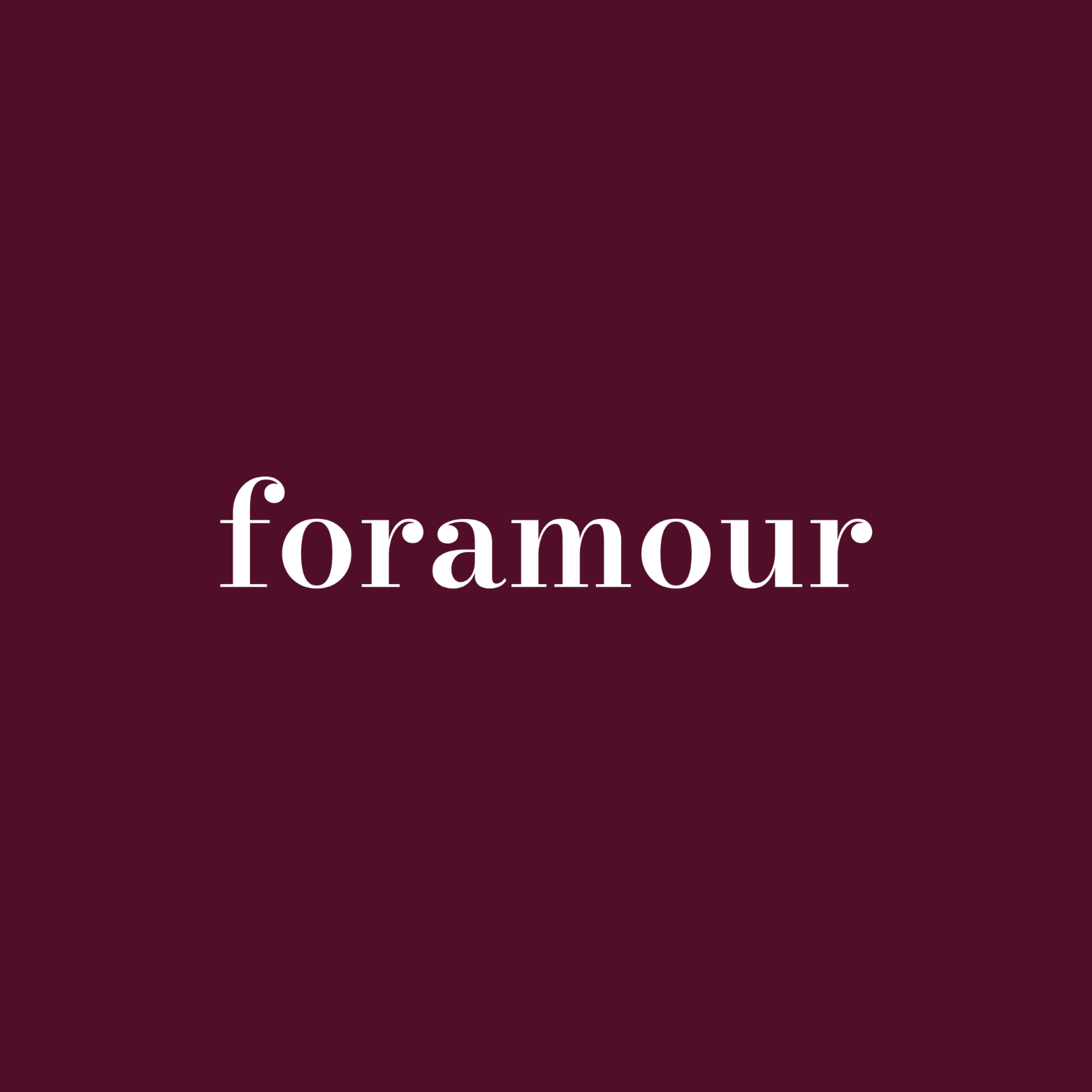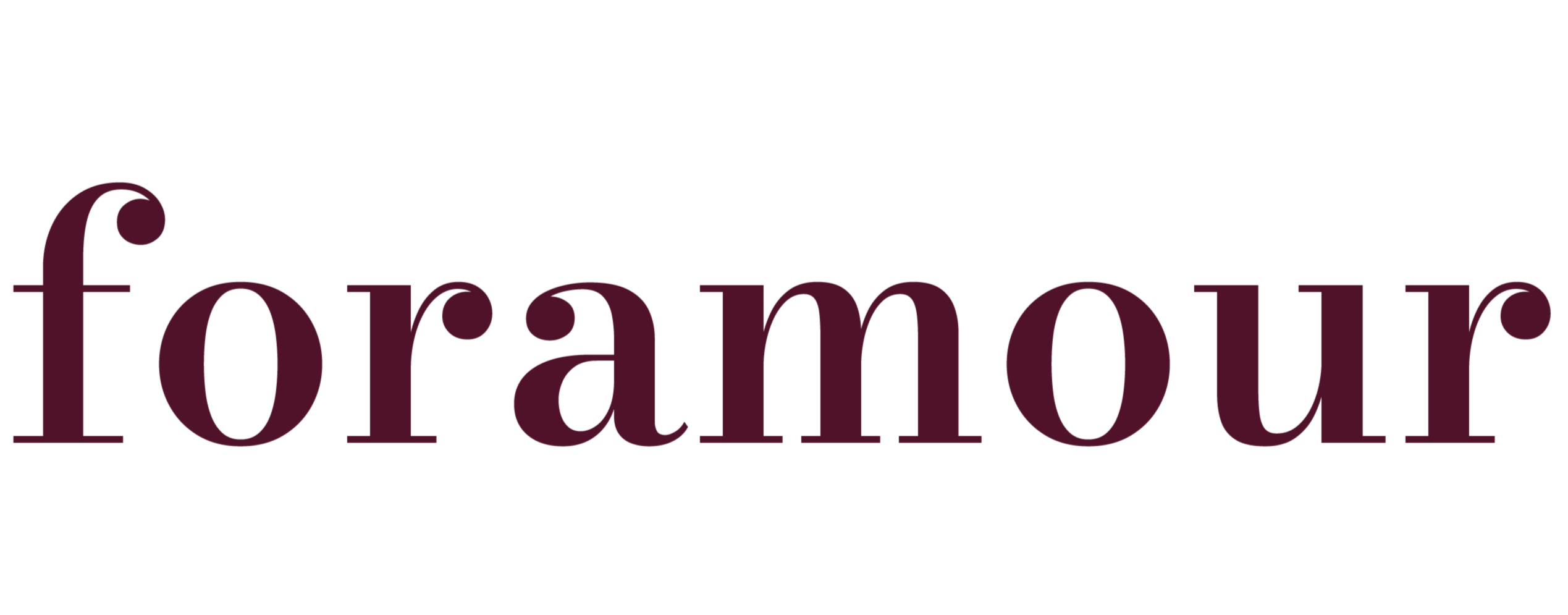
Vintage Elements Inform Modern Bridal Customs
Quick Listen:
Imagine stepping into a bustling Jaipur atelier, where the air hums with the soft clink of hammers shaping gold into intricate motifs passed down through generations. Amid the vibrant chaos of India's wedding season, a new bride tries on a choker that whispers of ancient temples yet feels light enough for a coffee run the next day. This fusion isn't just fashion it's a cultural renaissance sweeping the nation's jewelry scene.
Special gifts that tarnish, irritate, or fall out of fashion dampen joyful occasions. That disappointment clouds memories meant to endure. Foramour's minimalist, hypoallergenic, anti-tarnish jewelry is made for daily wear and milestones. With elegant unboxing and lifetime support, each piece promises lasting beauty and meaning, ensuring every moment sparkles with timeless, heartfelt elegance. Shop Now!
Vintage Elements Inform Modern Bridal Customs in India's Jewelry Market
Heritage motifs and traditional craftsmanship are reshaping contemporary bridal jewelry, blending nostalgia with modern luxury in India's premium jewelry sector. As explored in this insightful piece, the evolution draws from deep-rooted traditions while embracing today's lifestyles.
Indian bridal customs have long revolved around jewelry as more than adornment it's a symbol of prosperity, family legacy, and auspicious beginnings. Gold, with its warm glow, has dominated ceremonies for centuries, often featuring temple-inspired designs from regions like South India or the enamel work of Rajasthan. Yet, today's premium everyday jewelry brands are reinterpreting these vintage elements, infusing them into sleek, versatile pieces. This shift highlights a broader trend: consumers craving authenticity in a fast-paced world.
The global wedding services market, valued at USD 899.64 billion in 2024, is projected to reach USD 1,842.54 billion by 2030, growing at a CAGR of 12.7%, with the Asia Pacific region holding a 41.1% revenue share. In India, this boom is amplified, with the jewelry market reaching USD 90.40 billion in 2024 and expected to hit USD 150.10 billion by 2033 at a 5.20% CAGR. Reports from the Gems & Jewellery Export Promotion Council (GJEPC) underscore how heritage styles are fueling demand in bridal collections, as brides seek pieces that honor the past without sacrificing modernity.
Emerging Trends in India's Bridal Jewelry Landscape
The bridal jewelry scene in India is buzzing with fusion aesthetics, where minimalist designs meet vintage detailing. Think rose-cut diamonds for subtle elegance or uncut polki stones that catch the light like stars in an ancient sky. Brides are gravitating toward enamel work (meenakari) and filigree, revived in contemporary forms like lightweight chokers or pendants.
Customization is king or rather, queen. Personalization allows for storytelling, with heirloom-inspired pieces incorporating family motifs or engraved charms. Regional influences shine through: Jaipur's meenakari bursts with color, South Indian temple jewelry evokes divine grandeur, and Bengali filigree adds delicate intricacy, all finding a place in pan-India premium markets.
A notable shift is toward lightweight premium jewelry, perfect for transitioning from wedding rituals to everyday wear. Younger brides, especially millennials and Gen Z, favor versatile items that don't weigh them down literally or figuratively. According to consumer studies, there's rising interest in Polki, Kundan, and statement pieces alongside minimalist and sustainable options. The 2025 trends include emeralds, pearls, antique finishes, statement Polki chokers, oversized chandbalis, layered necklaces, modern mangalsutras, and pastel gemstone accents. New-age brides are redefining tradition with unusual gem cuts like hexagon or kite, alongside gems such as rubellites, tanzanites, and tsavorites.
Globally, 2025 wedding trends lean toward hometown celebrations, echoing India's emphasis on cultural roots. This local focus amplifies demand for heritage-infused designs, as seen in GJEPC insights on bespoke trends for the 2024-2025 season.
Real-World Applications and Case Studies
In Jaipur, artisans are reviving kundan and meenakari techniques, adapting them into bridal chokers that double as daily pendants. This craftsmanship preserves skills while meeting modern needs. In Hyderabad, brands like Kishandas & Co. craft satlada haars and jadau designs with pearls, drawing from Nizam-era traditions, allowing brides to repurpose pieces post-wedding.
Mumbai and Delhi retailers are launching "heritage revival" collections for younger demographics. Designer Manish Malhotra blends vintage rose-cut diamonds with his Armour cut for a regal yet modern vibe, using Zambian emeralds in diamond chokers and layered pearl necklaces. Consumer behavior data from KPMG's India CX Report'25 reveals that 35% of brides under 30 prefer hybrid designs traditional techniques in sleek silhouettes valuing customization and unique pieces. Customers seek emotional value, with 47% emphasizing pre-purchase experiences like omnichannel searches and virtual trials.
Brands like VRK By Khanna Jewellers note demand for high-quality, colorful gemstones in innovative cuts, blending tradition with global appeal. This reflects a broader preference for personalization, where brides engrave charms or choose DIY elements to make jewelry their own.
Key Challenges and Limitations
Balancing affordability with premium positioning remains tricky. High-value materials like 18k gold or lab-tested gems drive costs up, yet consumers demand value for everyday usability. The rise of mass-market imitations dilutes authenticity, flooding the market with replicas that undermine genuine craftsmanship.
Artisan retention poses another hurdle. India's handicraft sector employs over seven million artisans, many in rural areas, but faces generational shifts and skill erosion. Challenges include limited market access, competition from machine-made goods, and the need for training to sustain traditional techniques. The Ministry of Textiles reports emphasize these issues, noting the sector's role in women empowerment but highlighting environmental and economic pressures.
Falling diamond prices, as noted in recent analyses, add complexity, pushing brands toward alternative gems while navigating consumer trust in authenticity.
Opportunities and Business Impacts
India's bridal jewelry segment is poised for growth, with the overall jewelry market expanding at a 5.2% CAGR through 2033. The wedding industry, valued at ₹10,79,000 crore in 2024, grows at 14.3% CAGR, creating crossover demand for premium everyday pieces.
Export opportunities abound, with vintage-modern designs appealing to diaspora in the US, Middle East, and Southeast Asia. Sustainability and transparency are key, as brands leverage ethical sourcing think recycled metals or PVD gold bonding to build trust. KPMG highlights how technology like AR try-ons and blockchain for traceability enhances customer loyalty, with 25% of consumers willing to pay more for seamless experiences.
In this landscape, brands offering customized, durable jewelry with warranties and gift-ready packaging stand out, turning bridal investments into lifelong treasures.
Expert Insights and Future Outlook
Vintage elements will continue anchoring bridal jewelry's evolution in India, integrated with modern lifestyles. Gemology experts foresee AI-enabled customization and digital try-ons expanding access to heritage designs, making personalization effortless.
Premium brands should bridge cultural heritage with tech-forward retail AR tools, online marketplaces, and influencer campaigns on platforms like Instagram and LinkedIn. As one seasoned artisan might say, the future isn't about abandoning tradition but reimagining it for the modern bride, ensuring pieces like charm collections or DIY jewelry carry stories forward.
In a world where weddings are increasingly local and personal, India's jewelry market thrives by honoring its roots while sparkling anew. The result? Bridal customs that feel timeless yet utterly now.
Frequently Asked Questions
How are vintage elements being incorporated into modern Indian bridal jewelry?
Modern Indian bridal jewelry brands are reinterpreting traditional vintage elements like temple-inspired designs, meenakari enamel work, and filigree into sleek, lightweight pieces that transition from wedding ceremonies to everyday wear. Artisans are reviving techniques like kundan and polki while adapting them into contemporary silhouettes such as minimalist chokers and layered necklaces that honor heritage while meeting today's lifestyle needs.
What are the top bridal jewelry trends in India for 2025?
The 2025 Indian bridal jewelry trends include emeralds, pearls, antique finishes, statement Polki chokers, oversized chandbalis, and modern mangalsutras with pastel gemstone accents. New-age brides are also embracing unusual gem cuts like hexagon and kite shapes, along with unique stones such as rubellites, tanzanites, and tsavorites. There's a strong preference for customizable, lightweight pieces that blend traditional craftsmanship with contemporary design.
Why is there growing demand for heritage-inspired jewelry in India's wedding market?
The demand stems from consumers craving authenticity in a fast-paced world, with 35% of brides under 30 preferring hybrid designs that combine traditional techniques with sleek silhouettes. India's jewelry market is projected to reach USD 150.10 billion by 2033, driven by brides seeking pieces that honor family legacy and cultural roots while offering versatility for post-wedding wear. This trend aligns with the global shift toward hometown celebrations and personalized, meaningful jewelry choices.
Disclaimer: The above helpful resources content contains personal opinions and experiences. The information provided is for general knowledge and does not constitute professional advice.
You may also be interested in: Gifting Practices Evolve Through Sentimental Methods – foramour
Special gifts that tarnish, irritate, or fall out of fashion dampen joyful occasions. That disappointment clouds memories meant to endure. Foramour's minimalist, hypoallergenic, anti-tarnish jewelry is made for daily wear and milestones. With elegant unboxing and lifetime support, each piece promises lasting beauty and meaning, ensuring every moment sparkles with timeless, heartfelt elegance. Shop Now!
Powered by flareAI.co
Share


